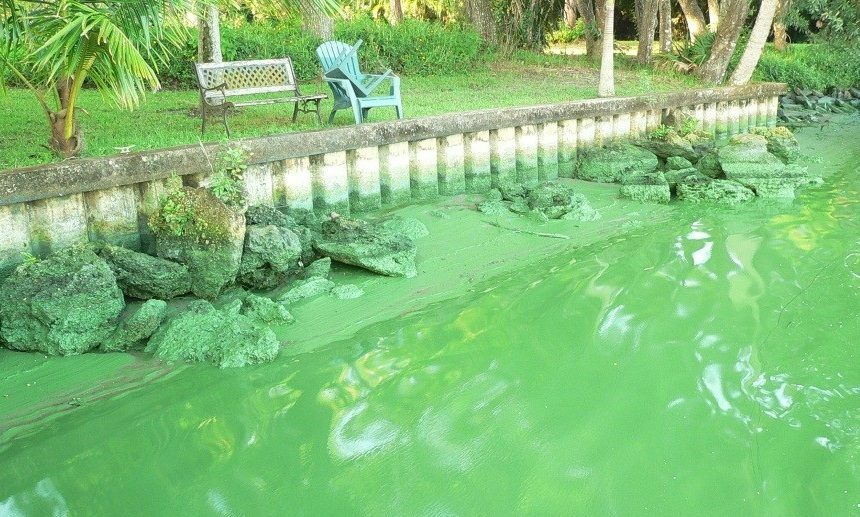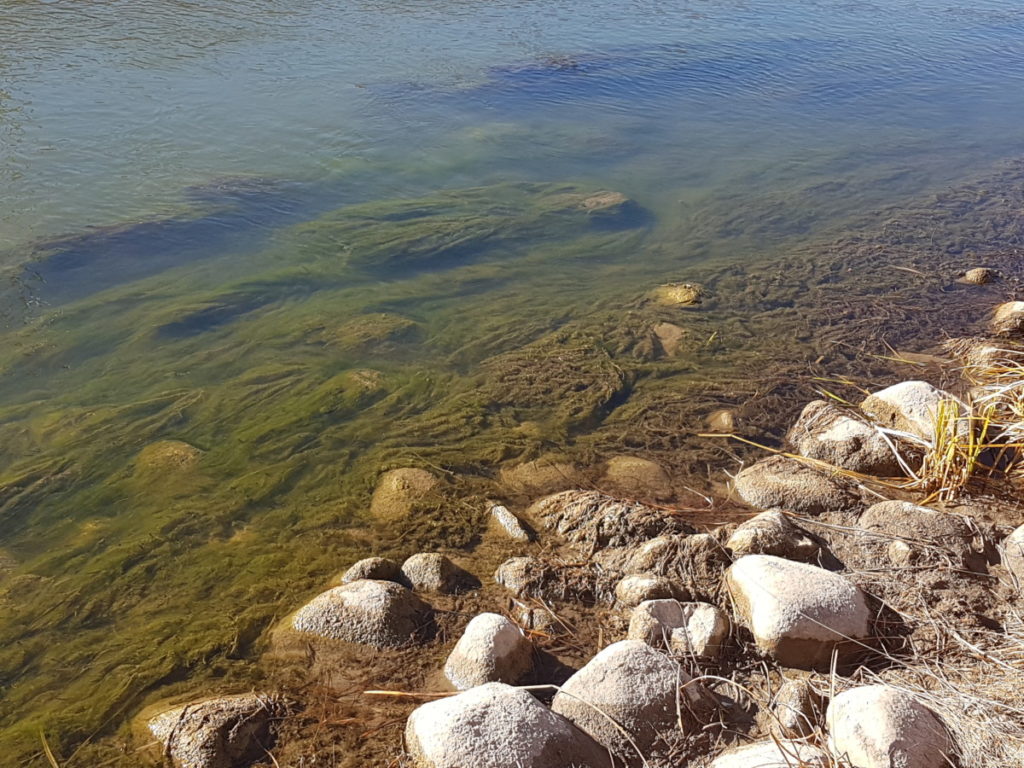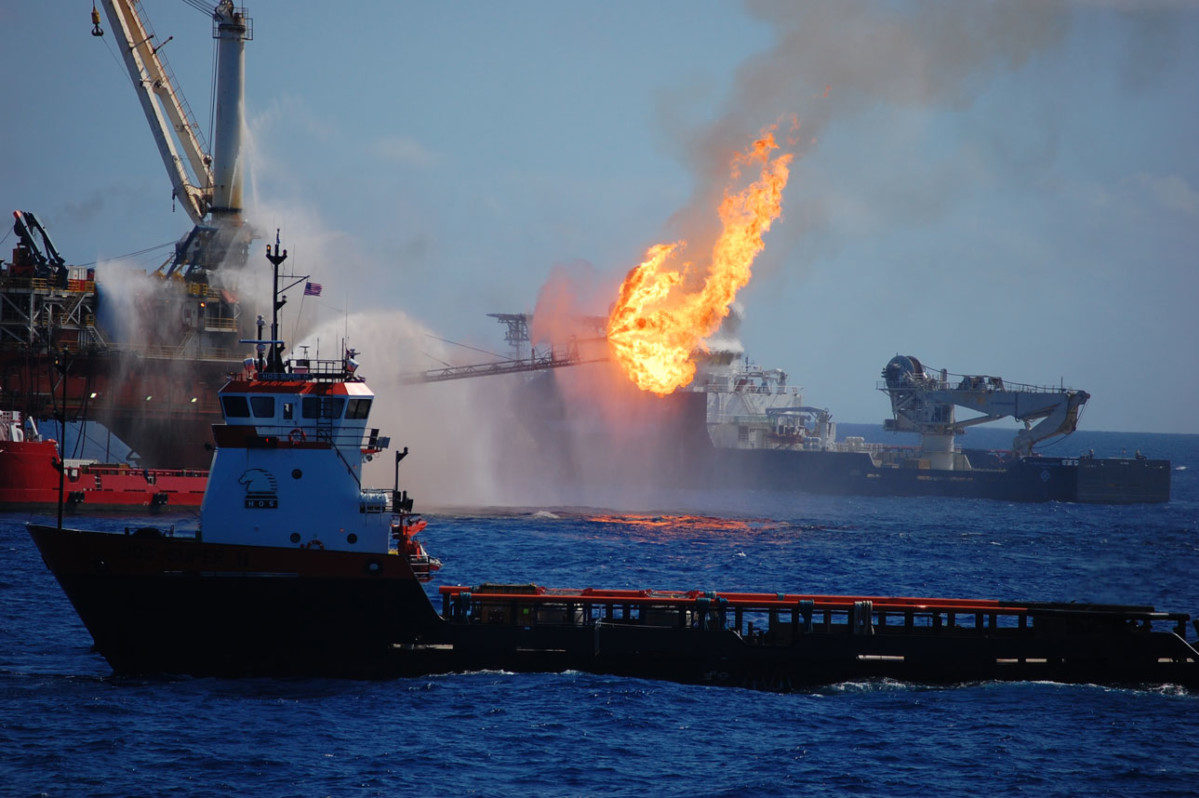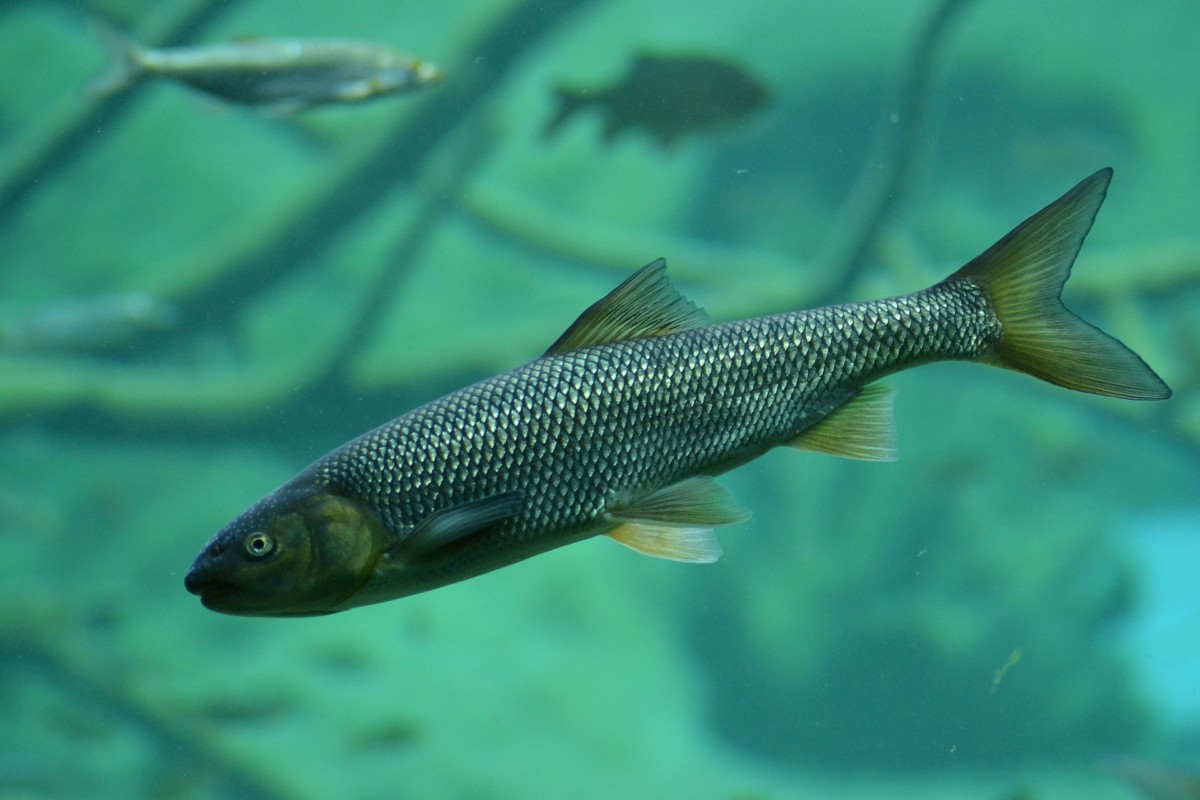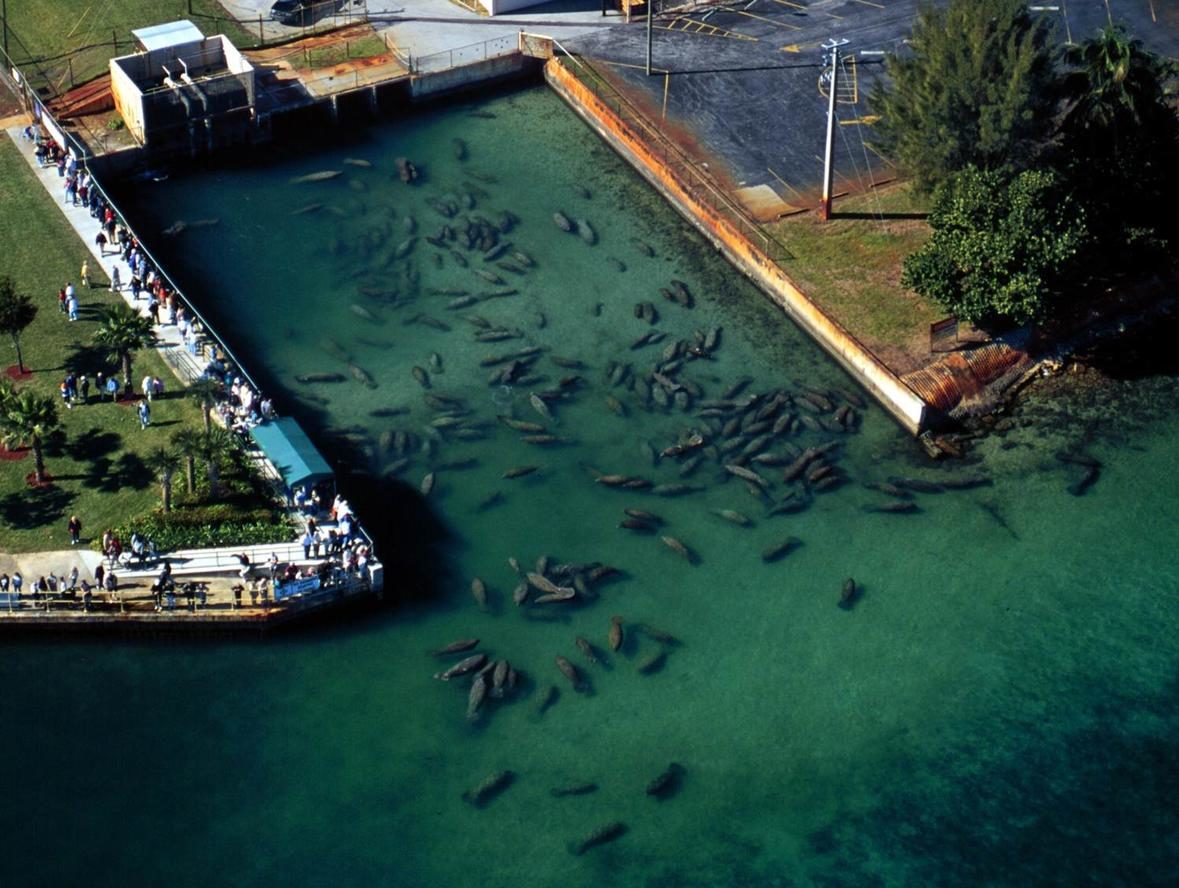Eutrophication Studies
The US EPA describes nutrient pollution as “one of America’s most widespread, costly and challenging environmental problems.” This issue is of significant concern world-wide, with considerable resources now being committed in Asia and Europe to study eutrophication in streams, rivers, lakes, bays and coastal waters and related economic, environmental and human health issues.
